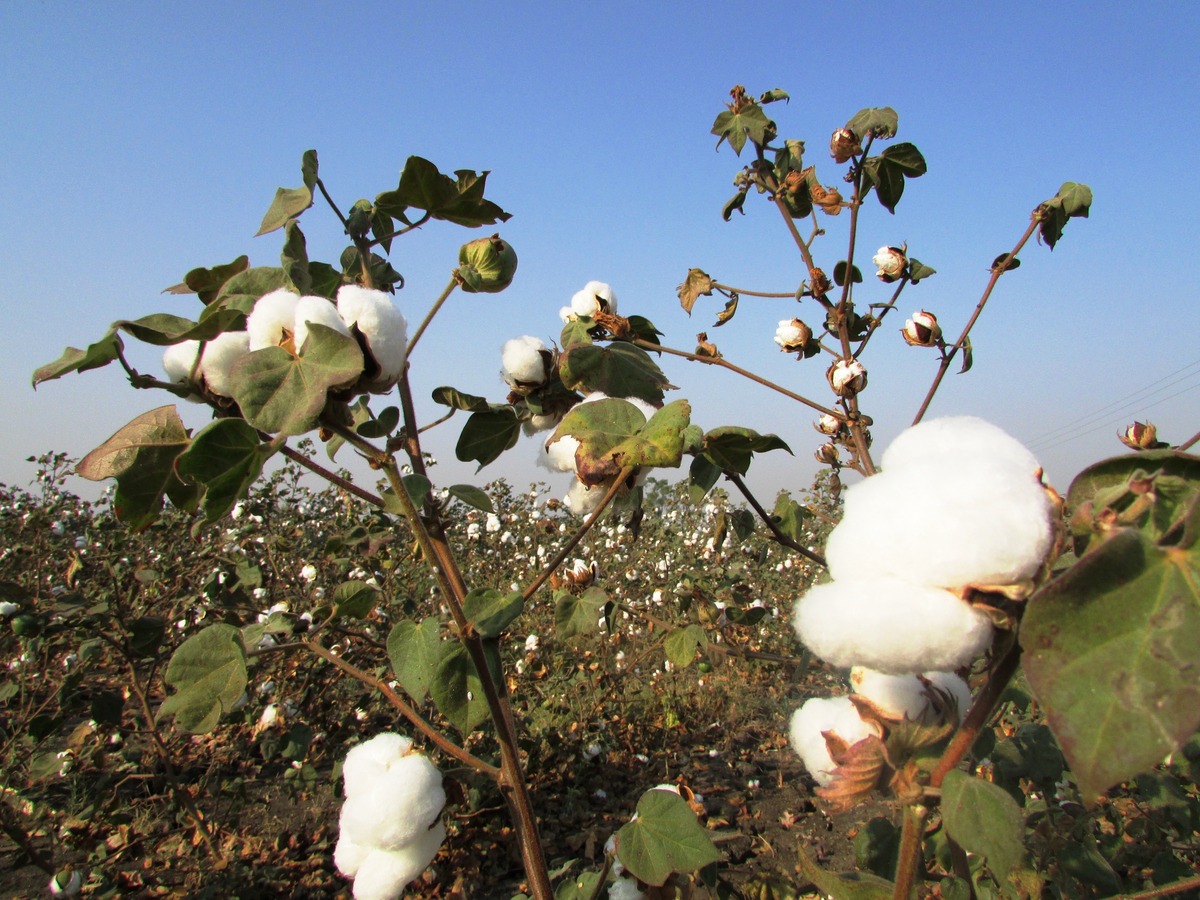Cotton burr compost ( a byproduct of cotton ginning) is an all-around compost high in both macro and micronutrients. It’s the best for amending heavy clay soil, improving its pH, top dressing, and mulching flower beds and vegetable gardens.
Most gardeners who have used cotton burr compost consider it one of the best soil conditioners available and have the data to back it up.
To be clear, cotton burr refers to the byproduct (leftovers) of cotton ginning. Cotton burr compost comprises these leftovers, including the plant’s stems, leaves, and seeds.
Table of Contents
Is Cotton Burr Compost Organic?
Yes. It’s 100% natural.
Cotton burr compost consists of cotton plants’ leaves, stalks, and seeds, and they’re a byproduct of the cotton fiber harvesting process.
The ginning process is first mechanical and does not involve chemicals. So, the cotton burr is free from chemical contamination and is perfectly safe for organic gardening.
Cotton burr is 100% carbon-based and is also rich in nitrogen (vital for plant growth). The two elements, nitrogen, and carbon, are well-balanced in cotton plants in a ratio of 22:1, respectively, qualifying cotton burr compost as the best organic fertilizer.
What Is Cotton Burr Compost Good For?
You’ll love the cotton burr compost for two things:
- It’s great for top dressing
- It’s perfect for mulching
Cotton burr compost rejuvenates the topsoil by replenishing the depleted nutrients and minerals. It also aids soil aeration and improves the moisture retention capacity and soil structure.
Your garden plants, in turn, benefit from the increased nitrogen and carbon levels.
How to Top Dress With Cotton Burr Compost
- Spread the compost about 2-3 inches deep over the soil in vegetable gardens.
- Mix the compost and the topsoil with a rake. If the surface is hard and firm, break it up before spreading the compost; this makes mixing easier.
- Scoop out the initial topsoil from the potted plant until the roots are exposed. In an empty pot or container, combine the compost with fresh soil. Then replace the compost-mixed soil. Press the soil down to reestablish the plant’s anchorage.
- For lawns, if the compost has large particles, use a mesh ware to screen the compost into a fined dust like compost.
- Cut the lawn. Then spread the compost, and the depth should be 0.25-0.5 inches.
- You can apply the compost with a broom or through the broadcasting method.
Plants That Like Cotton Burr Compost
Cotton burr compost has an acidic effect on soil, which benefits plants that grow in low pH soil. For acid-loving plants, the low pH allows the roots to absorb nutrients from the soil.
Examples of plants that will thrive under cotton burr compost include:
| Flower types | Tree types | Shrubs |
| Trillium | Beech | Rhododendrons |
| Begonia | Pin oak | Holly |
| Caladium | Willow oak | Gardenias |
Plants That Don’t Like Cotton Burr Compost
Avoid using cotton burr compost on young or plants with tender stems. The high nitrogen and nutrient content has the potential to burn the plants.
Avoid adding the compost directly to the plant’s root even when planting. The compost is quite acidic.
Cotton burr compost has a low pH, which may not favor some plants that prefer neutral or alkaline soils. However, you can use the compost as a soil amendment to neutralize the pH if the soil is alkaline.
Here’re examples of flower plants that would prefer alkaline soils include;
- Borage
- Lavender
- Phacelia
When to Use Cotton Burr Compost
It’s best to apply the compost before planting. If you’re top dressing, thoroughly mix the compost with the topsoil, particularly near the plants’ base. After that, water the plants.
Cotton burr compost is so nutrient-dense that one application can last your garden two growing seasons!
The composted cotton burrs are also an excellent soil conditioner, especially for heavy clay soil. It’s rich in organic matter and has a high moisture retention capacity. Therefore, it can break down the clay and improve its structure.
How to Make Cotton Burr Compost
What you need:
- Cotton burrs
- Green materials (kitchen waste)
- Composting bin
Procedure
- Layer the cotton burrs and green materials in the compost bin. Then, mix them using a pitchfork or spade while sprinkling water on top to keep the compost moist.
- Cover the bin and wait until the compost starts to reduce in temperature (it’ll take several days for the compost to reach 70-100F). Once the temperature starts to drop, turn the compost. Keep the bin always covered to avoid rodents into the compost.
- Turn the compost until all the organic matter decomposes and there is no significant temperature rise even after turning.
This method is called hot composting. It’s advantageous because the heat from the decomposing materials kills all pathogens and harmful organisms, resulting in a pathogen-free compost.
You can speed up the composting process by adding a compost starter to the pile.
If you don’t have the materials to make your compost, I recommend purchasing Back-To-Nature cotton burr compost from your local garden store.
How Much Cotton Burr Compost to Use
The compost should be enough to cover a 2-3 inch layer of garden soil with a layer of top dressing. Remember to thoroughly mix it in with the topsoil, especially around the plants’ bases.
If you’re mulching, the compost should be about 1 inch deep.

